| __timestamp | Clean Harbors, Inc. | United Rentals, Inc. |
|---|---|---|
| Wednesday, January 1, 2014 | 2441796000 | 3253000000 |
| Thursday, January 1, 2015 | 2356806000 | 3337000000 |
| Friday, January 1, 2016 | 1932857000 | 3359000000 |
| Sunday, January 1, 2017 | 2062673000 | 3872000000 |
| Monday, January 1, 2018 | 2305551000 | 4683000000 |
| Tuesday, January 1, 2019 | 2387819000 | 5681000000 |
| Wednesday, January 1, 2020 | 2137751000 | 5347000000 |
| Friday, January 1, 2021 | 2609837000 | 5863000000 |
| Saturday, January 1, 2022 | 3543930000 | 6646000000 |
| Sunday, January 1, 2023 | 3746124000 | 8519000000 |
| Monday, January 1, 2024 | 4065713000 | 9195000000 |
Data in motion
In the ever-evolving landscape of industrial services, understanding cost dynamics is crucial. Over the past decade, United Rentals, Inc. and Clean Harbors, Inc. have showcased intriguing trends in their cost of revenue. From 2014 to 2023, United Rentals, Inc. has seen a robust increase of approximately 162% in its cost of revenue, peaking at $8.52 billion in 2023. This reflects the company's aggressive expansion and scaling strategies. In contrast, Clean Harbors, Inc. experienced a more modest growth of around 54% during the same period, reaching $3.75 billion in 2023. This indicates a steady, yet cautious approach to managing operational costs. Notably, 2024 data for Clean Harbors, Inc. is missing, suggesting potential reporting delays or strategic shifts. These insights provide a window into the financial strategies of two industry giants, highlighting their distinct paths in managing operational expenses.
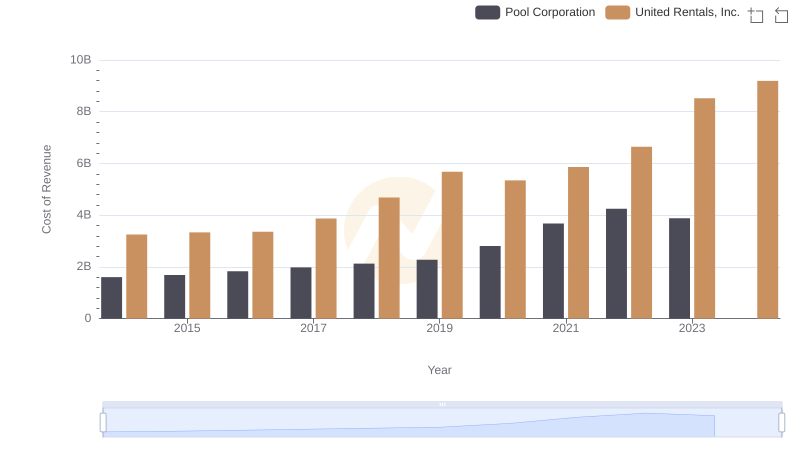
United Rentals, Inc. vs Pool Corporation: Efficiency in Cost of Revenue Explored
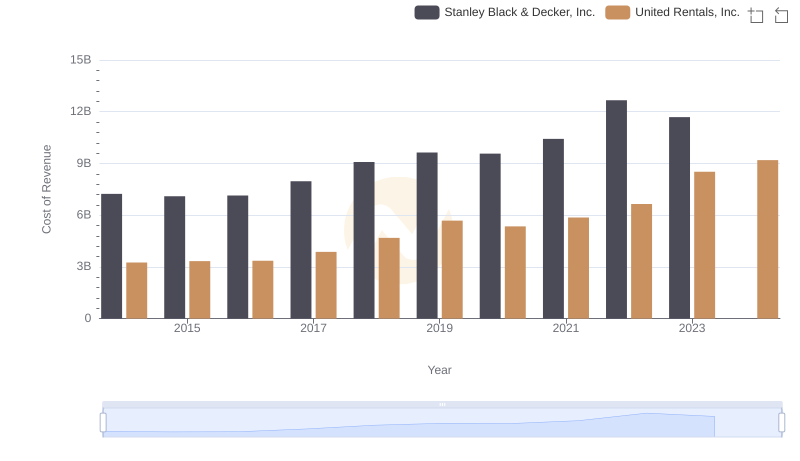
Comparing Cost of Revenue Efficiency: United Rentals, Inc. vs Stanley Black & Decker, Inc.

Breaking Down Revenue Trends: United Rentals, Inc. vs Clean Harbors, Inc.
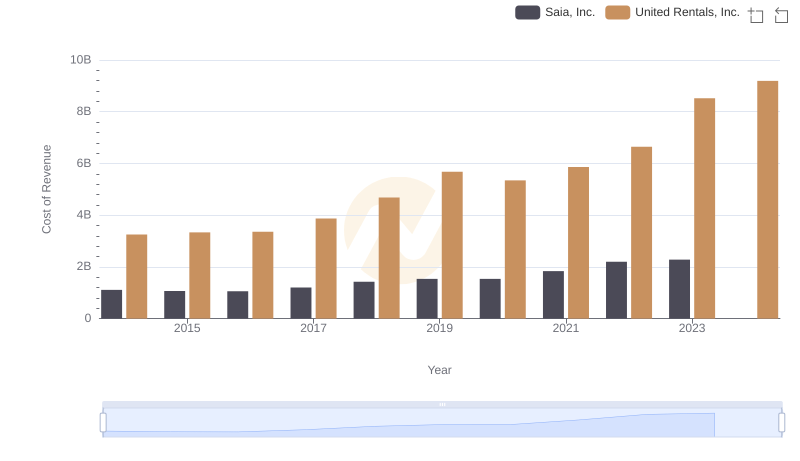
Cost of Revenue Comparison: United Rentals, Inc. vs Saia, Inc.
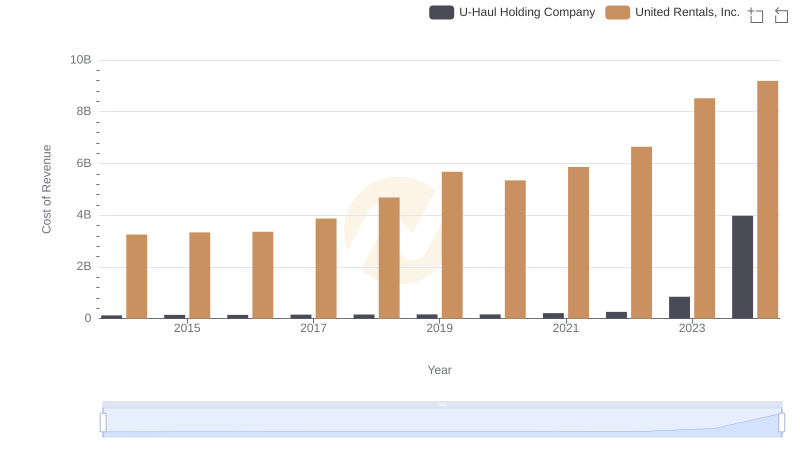
Cost of Revenue Comparison: United Rentals, Inc. vs U-Haul Holding Company
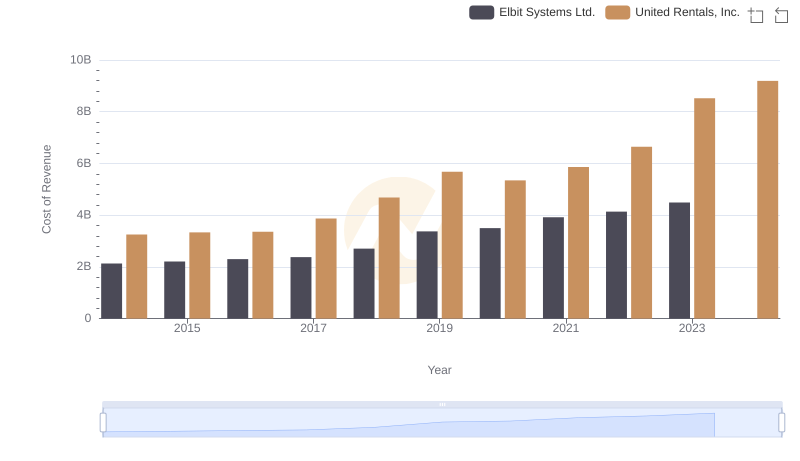
Comparing Cost of Revenue Efficiency: United Rentals, Inc. vs Elbit Systems Ltd.
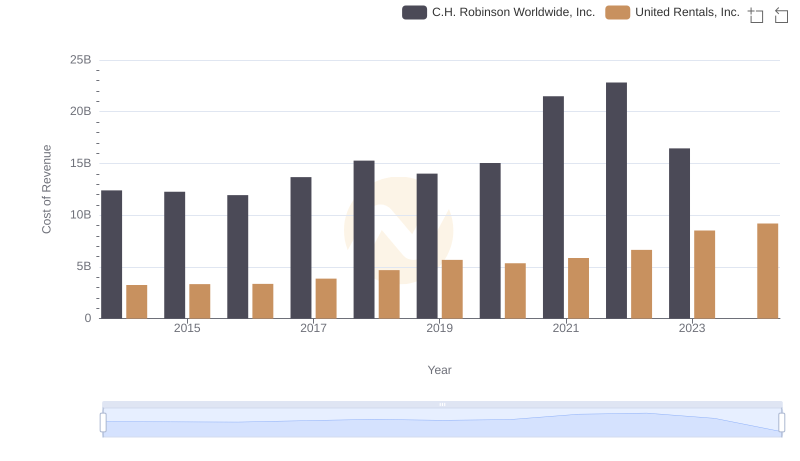
United Rentals, Inc. vs C.H. Robinson Worldwide, Inc.: Efficiency in Cost of Revenue Explored
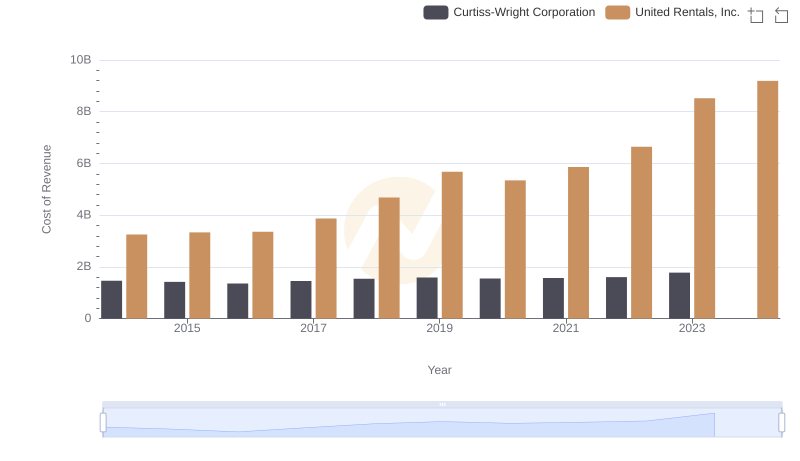
Cost of Revenue Trends: United Rentals, Inc. vs Curtiss-Wright Corporation
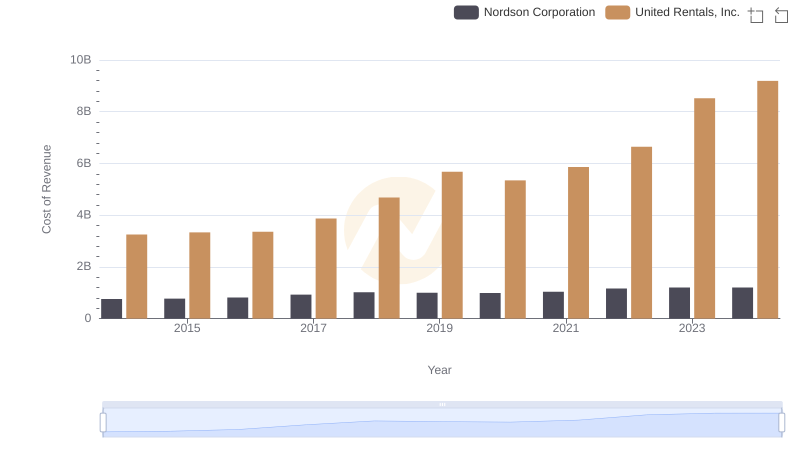
Comparing Cost of Revenue Efficiency: United Rentals, Inc. vs Nordson Corporation
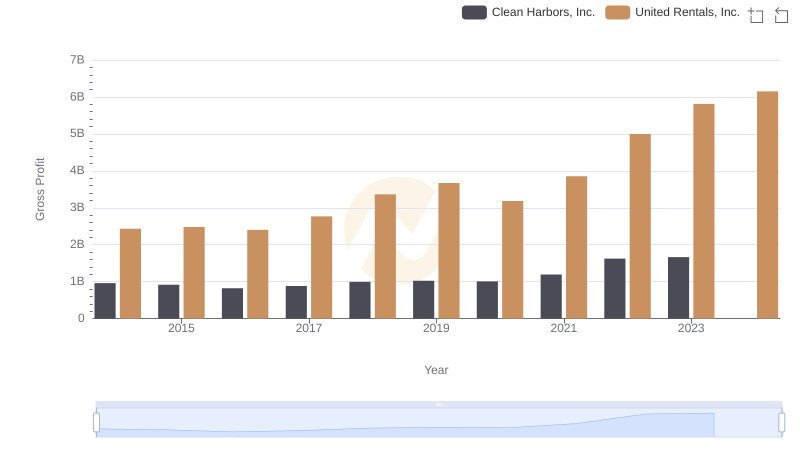
United Rentals, Inc. and Clean Harbors, Inc.: A Detailed Gross Profit Analysis
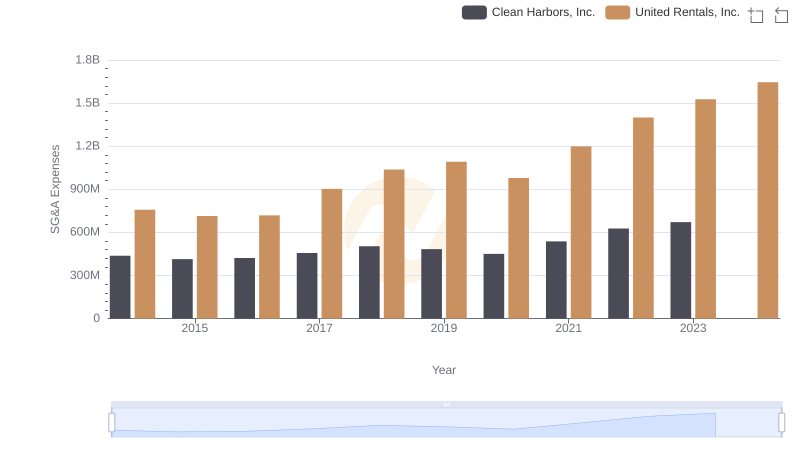
Operational Costs Compared: SG&A Analysis of United Rentals, Inc. and Clean Harbors, Inc.